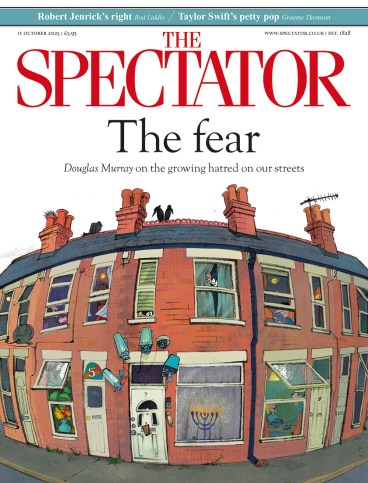
The National Railway Museum is 50 years old, and it’s come over all literary. A quote from Howards End stands at the entrance to the newly refurbished Station Hall: railway termini, proclaims Forster, ‘are our gates to the glorious and the unknown’. T.S. Eliot salutes you on the way out: ‘You are not the same people who left that station.’ Big claims, but as it turns out, largely to the point. The changes to the Station Hall are subtle but numerous, making the argument that as well as being the foundational technology of modern civilisation, railways are a culture in their own right. The aim, say the curators, is to reintroduce the human dimension to a museum that (fairly, and unfairly) is more generally associated with huge, gleaming machines.
Don’t panic, though: there are still plenty of those. In fact, entering the Station Hall for the first time after its two-year, £11 million refit, you might struggle to notice the alterations. The station platforms, the colourful pre-Grouping locomotives; above all, the stupendous collection of royal coaches from the 1840s to the 1980s are all still there. Pause to sigh with relief. Anyone familiar with recent curatorial trends will have feared the worst: screeds of politicised interpretation, interactive screens upstaging the actual treasures, and those magnificent royal saloons – privilege and patriotism on wheels – shunted out of sight, or co-opted to denounce the wickedness of empire.
Not so. In fact, Union Flag swags hang above Queen Victoria’s royal carriage, the better to represent the context – civic loyalty and a royal family taking full advantage of a new technology – in which this vehicle operated. You’re left to draw your own conclusions, and the refurbished Station Hall is a model of how historic artefacts can be presented by a museum that respects the intelligence of its public. The few digital screens show genuine historic material, often from the NRM’s archive of British Transport Films. Curiously, the newer the films, the weirder and more remote they seem. A Network Southeast TV advert from 1986 features choreographed commuters tap-dancing across Waterloo Station.
Meanwhile, the revised interpretative signage is low-key and pertinent; never obscuring the objects or prescribing any specific response, but supplying enough information to pique your curiosity. And what objects! The Station Hall has always focused on historic rolling stock (the locomotives – Mallard, Coppernob and the rest – still dominate the museum’s Great Hall, which has been unchanged by the redevelopment).
Now, the NRM has taken advantage of the refurbishment to liberate countless smaller relics from storage, filling out the human stories between the large exhibits and prompting wonder in their own right. The cartwheel-sized floral wreath that adorned the smokebox of Queen Victoria’s funeral train has been newly conserved and is displayed for the first time this century. Its purple ribbons have faded to sepia but somehow, incredibly, the flowers – hundreds of tiny, ivory-white immortelles – are perfectly intact. There’s such divinity doth hedge a king; or in this case, a Queen-Empress.
Anyone familiar with recent curatorial trends will pause to sigh with relief
Elsewhere a display on postwar immigration presents personal testimonies without judgment or agenda, counterpointed against Terence Cuneo’s colossal 1966 oil painting of Waterloo Station. Search for his trademark mouse; then try spotting the portraits of Harold Wilson and Charles de Gaulle that the waggish Cuneo inserted into the crowds of passengers. One case contains a prosthetic leg, designed by the engineers of the Great Western Railway for victims of shunting accidents. And a 1921-vintage WH Smith bookstall has been reassembled on the platform, a pavilion of varnished teak containing examples of the infinite small innovations – paperback novels, a portable cosmetics set with a built-in candle – that the railways introduced into everyday life.
A kaleidoscope of ideas, then; all of them quietly reinforcing the NRM’s philosophy that ‘railways are the most important and influential invention of the modern age’. I’d add that the NRM also doubles as a world-class gallery of industrial and commercial design in every conceivable manifestation. True, you’d have to lack all aesthetic sense not to recognise that locomotives such as the SECR D Class and the Midland ‘Spinner’ are among the most beautiful objects ever created by the human imagination.
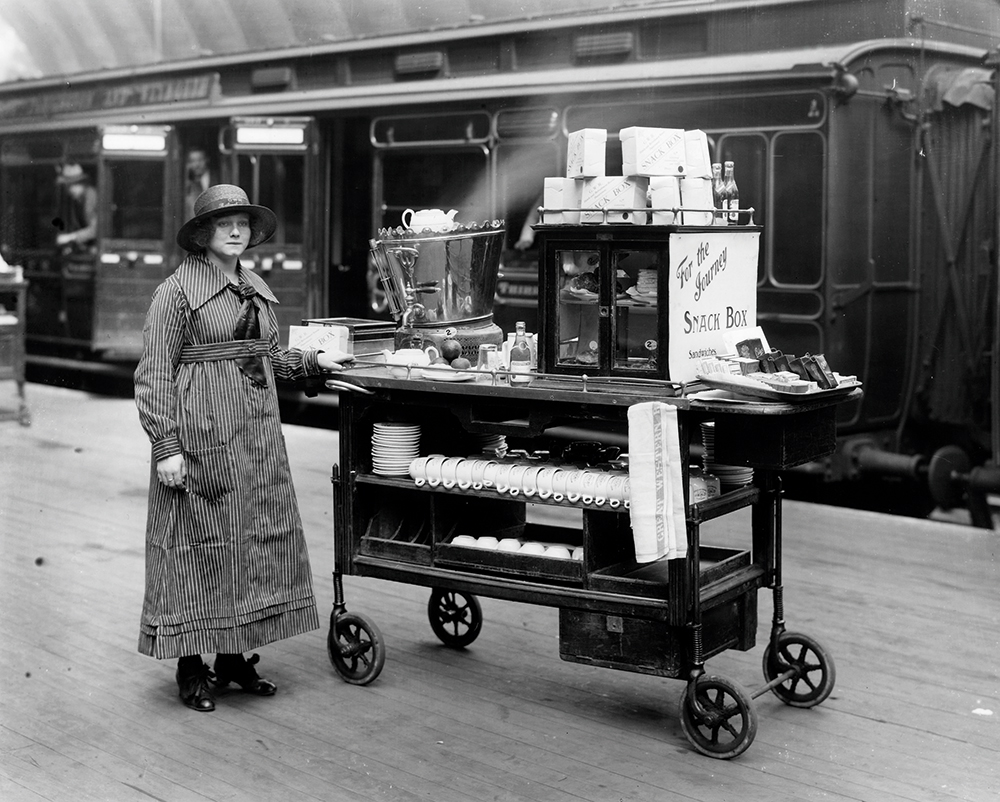
An Edwardian travelling tea-making kit would have Marie Kondo purring with minimalist delight
But here in the Station Hall are posters, heraldry and an Edwardian travelling tea-making kit that would have Marie Kondo purring with minimalist delight. Beneath it is the ornate locomotive-shaped silver coffee urn that served 19th-century passengers in the buffet at Swindon; above it, repulsive in beige plastic, are a couple of the Maxpax instant coffee beakers that we had to endure under British Rail. Progress, eh? But wait: apparently the coffee that emerged from that splendid silver creation back in the 1840s tasted revolting too. Brunel himself declared it undrinkable. There’s a lesson there somewhere and the NRM is wise enough to let you work it out for yourself.
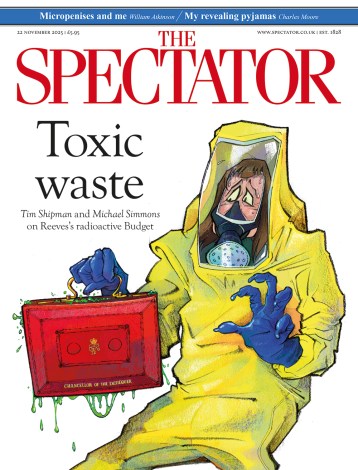
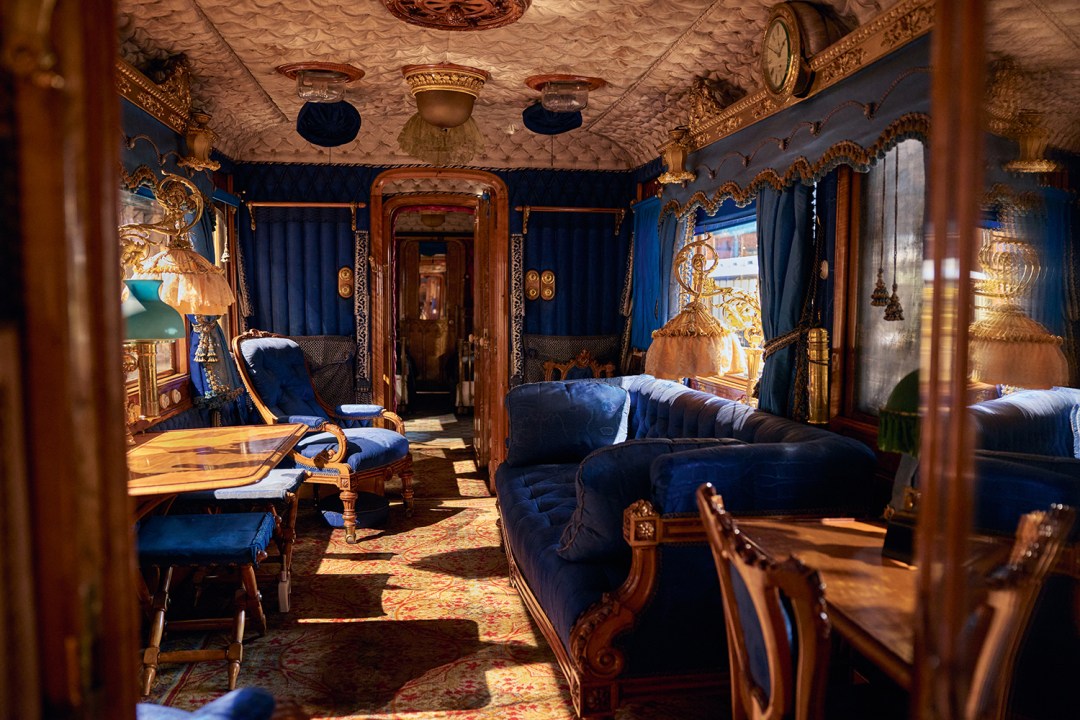
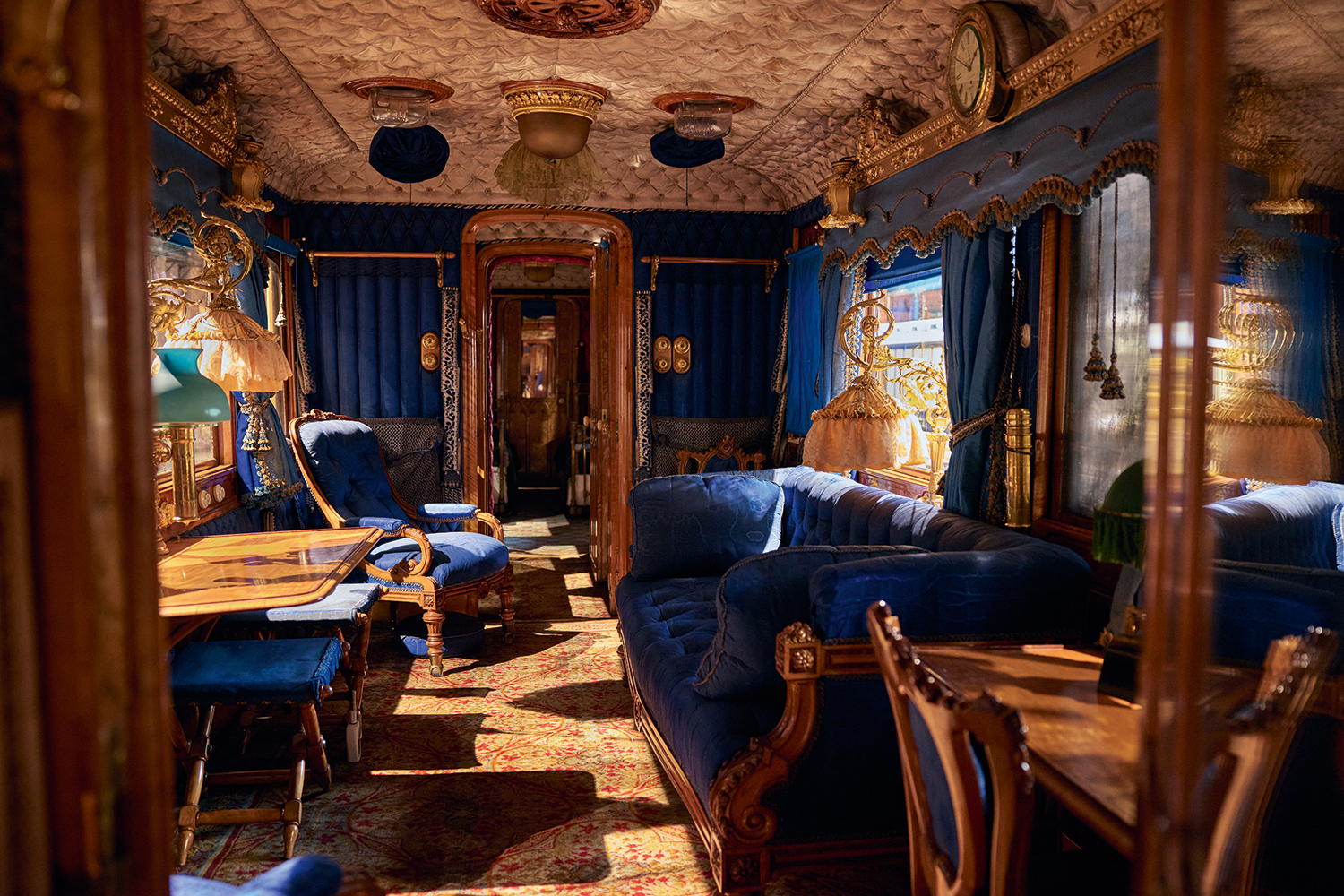
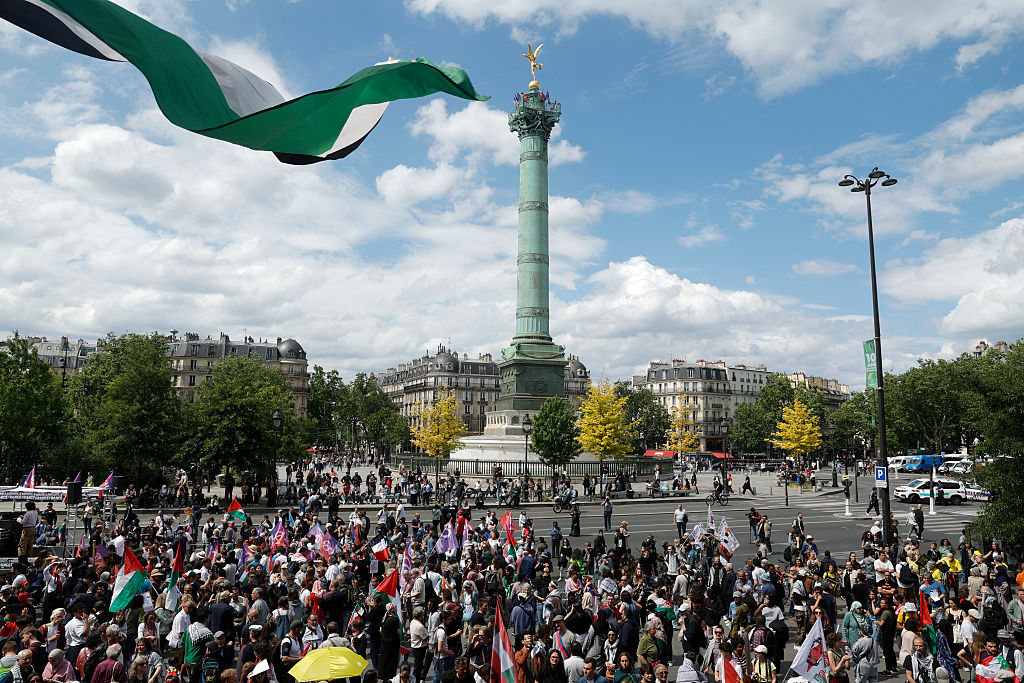




Comments